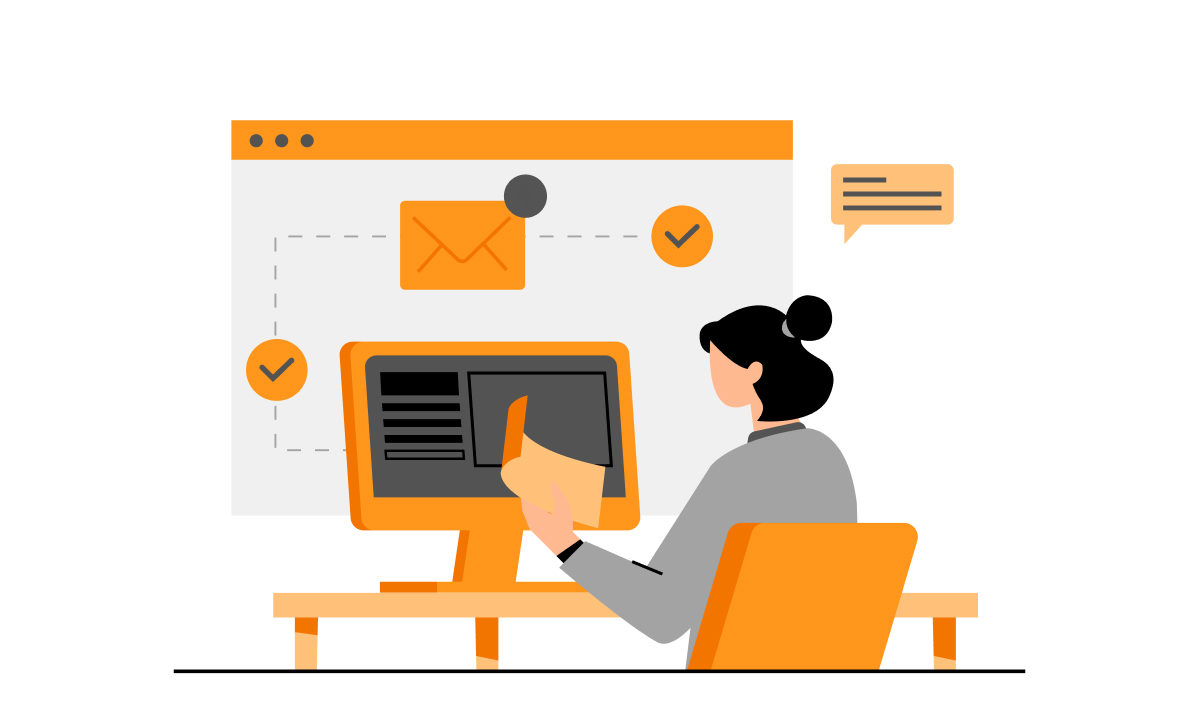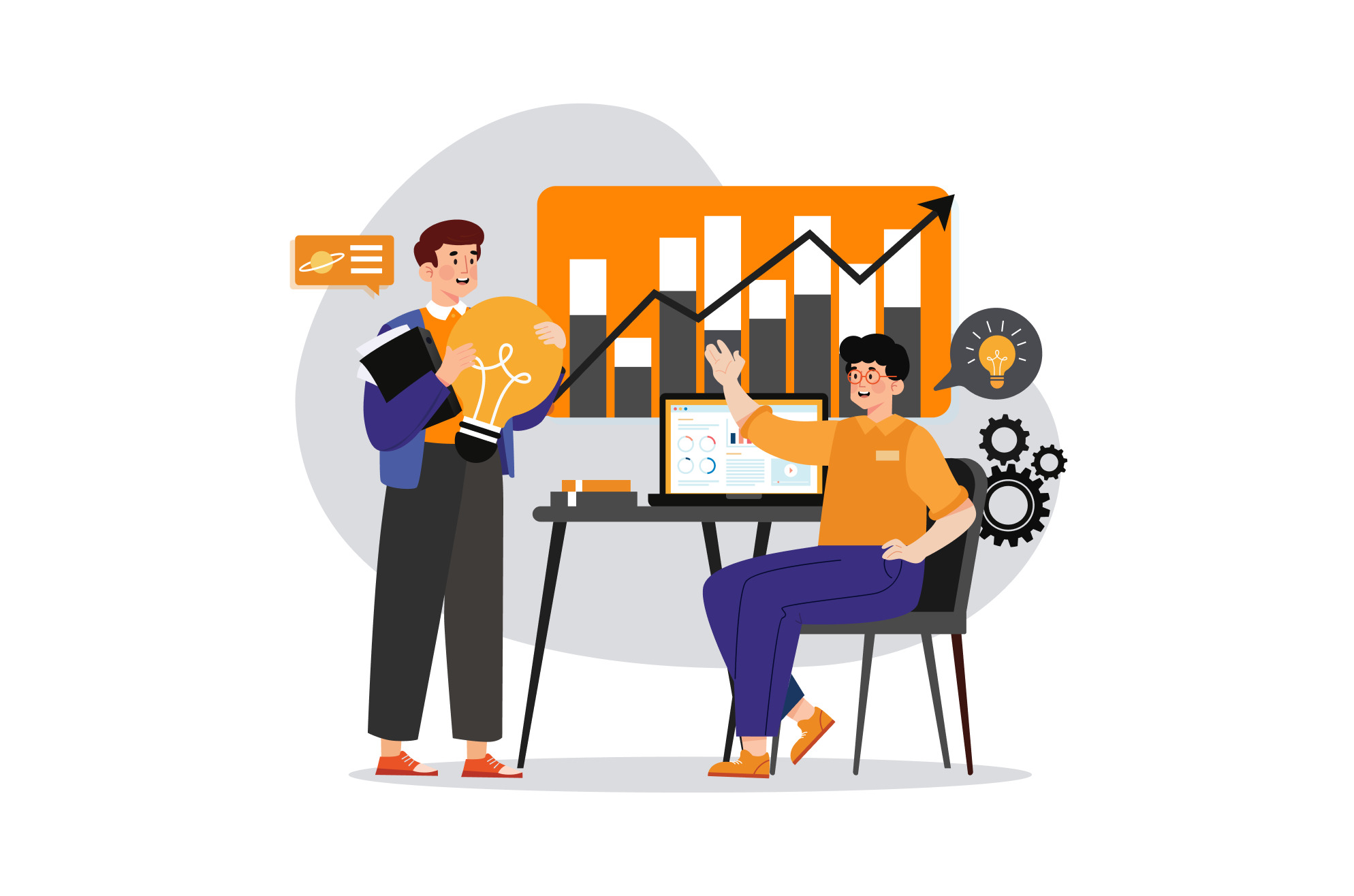Jul 11, 2023 • 2 min read
Tips to keep in mind when doing an A/B testing

A/B testing is a powerful technique that allows you to make data-driven decisions to optimize your marketing strategies and maximize your business results. With this methodology, you can test different variations of an item or page and determine which of them generates better results in terms of conversion, clicks, sales, or other key goals. To help you succeed in your tests, here are 10 tips to keep in mind when doing an A/B testing.
10 tips to keep in mind when doing an A/B testing
- Define your goals clearly: Before starting any A/B testing, make sure you are clear about what specific aspect or element you want to improve and what your final goal is. It can be increasing conversion rates, improving time spent on page, increasing click-through rate, or any other. The only essential thing is that you define it clearly. Defining your goals will allow you to focus your efforts effectively.
- Choose asuccess metric: identify the metric that will allow you to measure whether one variation is better than another. It can be the conversion rate, the average order value, the bounce rate, among others. Make sure you select a metric that is relevant to your business and reflects your primary goal. And don’t be influenced by the rest of the metrics of the result. Emotions don’t get along with data.
- Create clear hypotheses: Before starting a test, formulate strong hypotheses about why you think one variation may be more effective than another. This will help you better understand the results and make informed decisions. For example, if you think a change in the color of a call-to-action button will increase conversions, formulate a specific hypothesis about it.
- Segment your audience: To get meaningful and relevant results, it is essential to segment your audience into homogeneous groups. This will allow you to test different variations on specific segments and understand how each affects different groups of users. Segmentation can be based on demographics, behaviors, or any other key criteria for your business.
- Make sure you have an adequate sample size: To get statistically reliable results, it’s crucial that your sample is large enough. Use sample size calculators to determine the minimum number of participants needed in each variation. A small sample size can lead to unreliable results.
- Define the execution time of the test: Establish a specific period to run the test and avoid the influence of external factors. Make sure you have enough time to collect relevant and meaningful data. Also, consider seasonal variability or any other factors that may affect the results.
- Test on only one variable at a time: For accurate and accurate results, it is essential to test on only one variable at a time. If you test multiple variables simultaneously, it will be difficult to determine which variable is responsible for the observed changes in the results.
- Monitor the results in real time: During the execution of the test, be sure to monitor the results in real time. This will allow you to detect any problems or anomalies in a timely manner and adjust if necessary. In addition, real-time tracking gives you the opportunity to learn and get ideas for future testing.
- Don’t settle for the “best” result: Although one variation may generate better results than another, don’t assume it’s the absolute best option. Continue to test and experiment to find new optimization opportunities. A/B testing is an iterative process that allows you to constantly improve your strategies.
- Document and share your results: Record and document your test results systematically. This will allow you to learn from your previous experiments and leverage that knowledge in future A/B testing. In addition, sharing your results with your team or community will help you foster collaboration and learning together.
A/B testing is a more than valuable tool to improve the effectiveness of your marketing strategies and optimize your results. Follow these 10 tips and you’ll be on the right path to successful testing and data-driven decisions. Remember that A/B testing is an ongoing process, so don’t be afraid to experiment, learn from your results and keep improving. May your trials lead you to success! And, if you need help to put them into practice, tell us.
Book a consultation
Let's start some incredible projects.
Let's innovate together!









